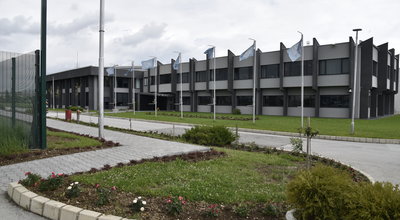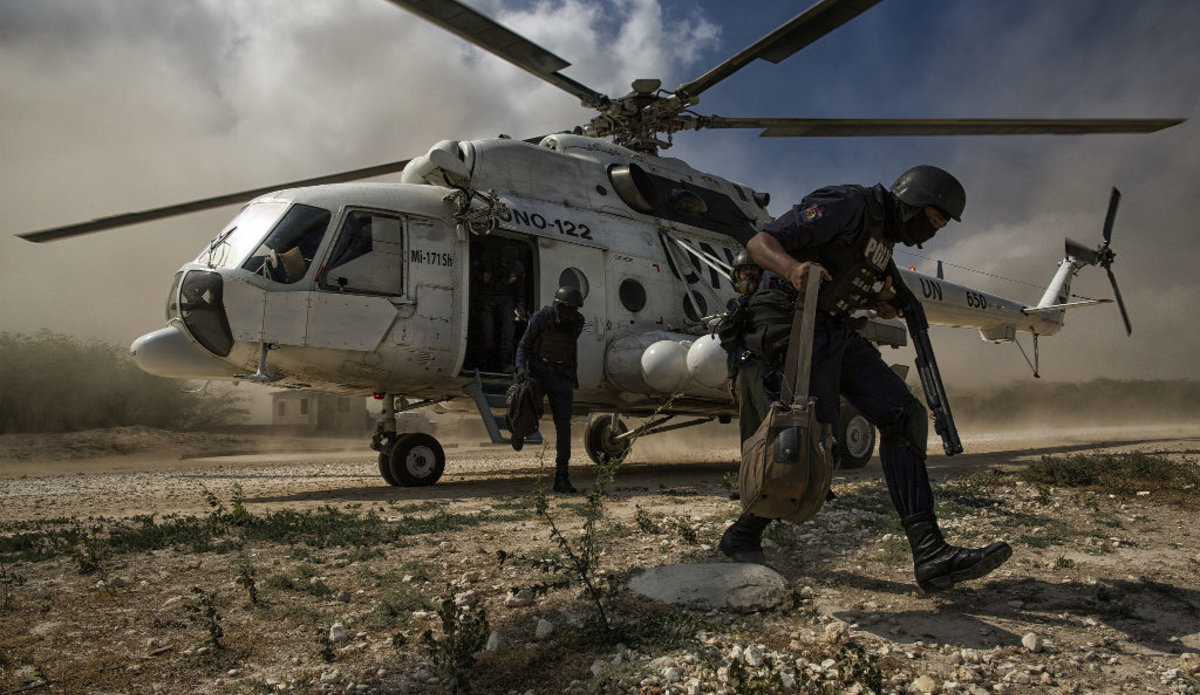03 Oct 14
More than 4,000 Kosovo refugees, mainly Roma, have just three months left to apply for residency in Montenegro or they could be reclassified as illegal immigrants and have to leave.
Dusica Tomovic
BIRN
Podgorica
Sejetin Hitari lives in a metal container in the rundown Konik refugee camp on the outskirts of Podgorica – a city that has become his home since he fled Kosovo because of the war in the late 1990s.
“I’ve got nowhere to go back to; Montenegro is my homeland now,” the 36-year-old said.
“My house in the town of Klina in Kosovo was burned down and the KLA [Kosovo Liberation Army] killed most of my family back in 1999,” he explained.
Hitari is one of some 3,000 Roma living in the Konik camp, which was hit by a devastating fire in 2012 and was described last year by the European Commission against Racism and Intolerance, a human rights advisory body to the Council of Europe, as still being “inhumane and hazardous”.
Despite this, he said he would do anything necessary to stay in the country legally. He has already spent more than 700 euro to obtain an ID card in Kosovo so he could apply for legal status in Montenegro.
Refugees like Hitari could face deportation if they do not get their legal status sorted out before the end of this year.
“They criticise us and threaten that they will send us back to Kosovo if we do not apply for the status of foreigners. It is not true that we do not want to do that, it is in our best interest to have papers, to have healthcare and legal jobs,” he said.
On Wednesday, in a joint operation staged by the interior ministries of Kosovo and Montenegro, teams began visiting refugee camps around the country to determine the exact number of displaced persons without identity cards or passports.
The teams are equipped with mobile biometric equipment to take the fingerprints and photographs of refugees in order to speed up the procedures.
The Montenegrin interior ministry said that the teams will work separately until the end of this week in the largest camp, Konik, but also together in the municipalities of Niksic, Pljevlja, Rozaje, Berane, Bar and Herceg Novi.
“It is expected that about 600 internally displaced persons from Kosovo will have the opportunity to obtain Kosovo documents and to apply for ‘resident foreigner’ status in Montenegro,” the ministry said in a statement.
According to government data from December 2012, around 16,000 wartime refugees from Croatia, Bosnia and Kosovo live in Montenegro. Around 11,000 are from Kosovo. Over 3,000 are Roma living in Konik, many of whom fled Kosovo in 1999 fearing post-war reprisals from Kosovo Albanians who tended to view them as pro-Serbian.
Montenegro’s government has warned that more than 4,000 of them must still apply for permanent residence status by December 31 in order to secure the right to work, education, welfare and health care.
The country has one of the strictest citizenship regimes in the region and it also prohibits dual citizenship. Since the 1990s, only about 1,000 refugees have been granted Montenegrin citizenship.
The problem particularly concerns Roma refugees who fled Kosovo in 1999, because some of them have no identity documents to even apply for foreigner status. Others have the documents but have not tried to apply for residency.
In 2011, the Montenegrin government allowed refugees to apply for the status of ‘foreigners with permanent residence’, but interest in doing this proved to be minimal.
The authorities have since admitted that their efforts to help refugees finally solve their legal status problems have so far been unsuccessful.
The initial deadline was November 2011, but it was postponed in 2012 and 2013, and then once more until the end of this year. However there were fewer than 400 applications for foreigner status in 2014.
But if they do not regulate their status by December 31, they will lose all state education, health, social and housing benefits.
At the Konik camp, 68-year-old Roma Bejzak Nura, from the Kosovo town of Pec/Peja, said that refugees like him had not legalised their residence status because the authorities had placed obstacles in their way.
Nura said that it took him and his family more than three years to complete the procedure.
“I went to Kosovo to get their papers at least seven times. And then I was waiting for more than a year in the Montenegrin police to gain foreigner status,” he said.
“And that costs, it costs a lot. We do not have hundreds of euros to pay for travel and accommodation in Kosovo,” he added.
Montenegro’s labour and social welfare minister Predrag Bokovic said on Wednesday that the government has intensified its cooperation with the refugees’ countries of origin, especially Kosovo, in a bid to help them obtain personal documents.
The goal is to encourage them to go back to their own countries, thus relieving the burden on Montenegro.
In his presentation at the executive committee of the United Nations High Commissioner for Refugees in Geneva, Boskovic said that as a result of the government’s efforts, 67 people from 13 families returned to Kosovo in August.
“We will fulfill the requests from the displaced persons to return to their country of origin. Currently, 103 families are registered for the voluntary return,” he said.
Improving the situation for refugees in Montenegro is one of the conditions for the country’s accession to the European Union.
Zurala Meti, a 54-year-old mother of six from Djakovica, said that the state has to help the Roma refugees to find their way to lead a normal life.
“We are already exiled from Kosovo. We lost all our belongings in the fire in the camp in 2012,” she said.
“Although we are Roma, we are tired of moving.”












